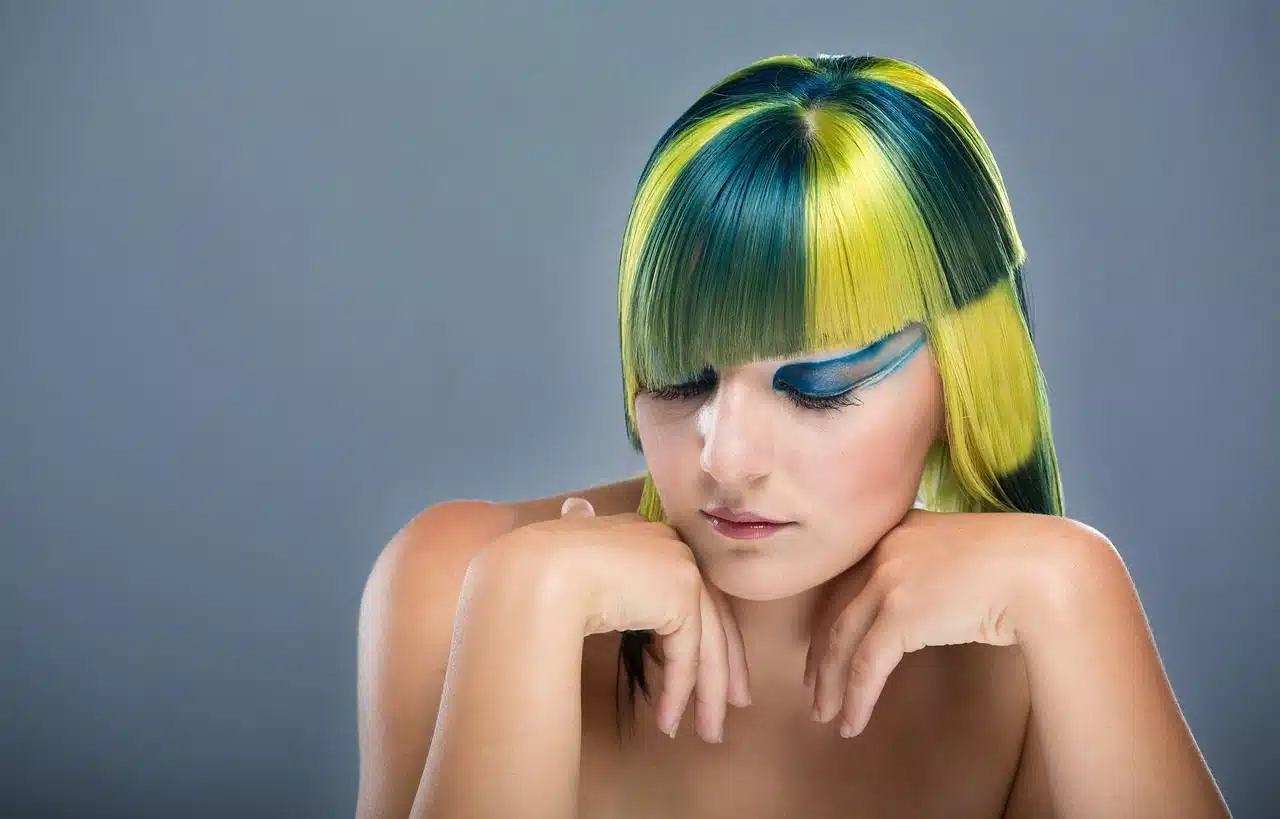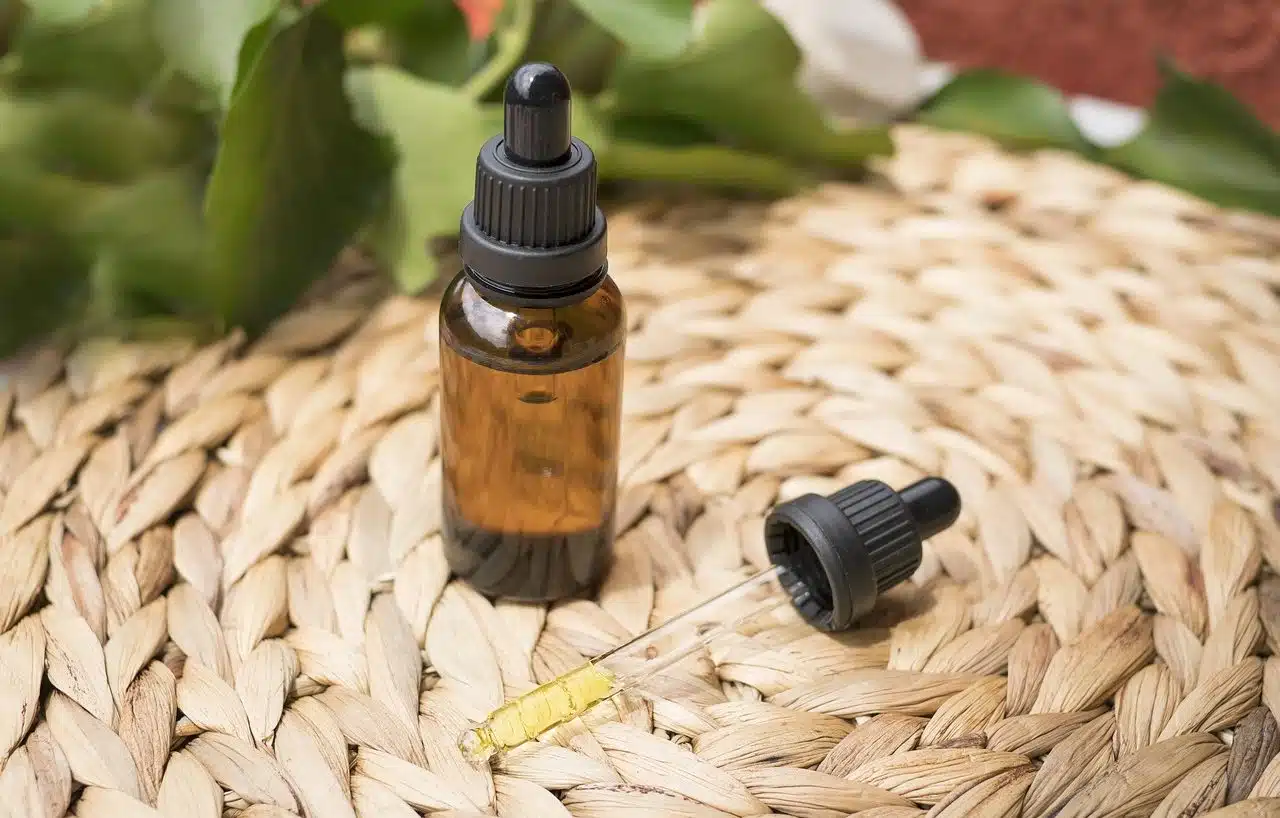
The substance used to dye hair is called dye.
Tincture is a concept from tinctūra , a Latin term. The notion refers to the process and result of dyeing . This action, for its part, refers to giving a certain color to something.
For example: “Tomorrow I'm going to go get the dye done at the hairdresser ” , “I think that, this time, the dye didn't look good on me” , “Is it a long time until you're done with the dye?” .
Tincture concept
The idea of dye - which, according to the context, is used as a synonym for dye or staining - can also refer to the substance used to dye: “Yesterday I bought a violet dye to color my hair” , “Please call to the supplier that we have few dyes left” , “My mother challenged me because I dropped the dye on the quilt” .
Tinctures can have different characteristics . In ancient times, plant extracts were used to provide color. They were, therefore, natural dyes . Over the years, dyes began to include chemicals to enhance their characteristics and improve their durability.

Tinctures can also be products for medicinal purposes.
Its use in hair
It should also be noted that the dyes used to color hair , for example, are very different from those used to dye a garment. The composition of both products usually has different characteristics according to the needs they must cover.
In Western cultures , it is common to associate hair dyeing as an activity typical of women, although recent decades have brought a certain degree of openness with respect to this and other sexist myths, so that today it is not so popular. Seeing a man with dyed hair is not taken as a sign of femininity. The rejection of old age leads us to hide gray hair, and this refusal to accept the passage of time is not exclusive to one sex, but can affect us all.
On the other hand, hair dyeing does not always have the objective of making us look younger: there are many people who begin to use this resource simply to change their appearance or to dress up as their favorite characters, among other possibilities. Outside of the colors considered " natural ", such as brown and blonde, the dye can be offered in as many shades as consumers wish, so if what we are looking for is not to shave off a few years we can opt for violet, blue, green or orange, going through all the ones we can imagine.
Tinctures in medicine
In the field of medicine , a solution of medicinal substances dissolved in a liquid is called a tincture. An example of these tinctures is tincture of iodine , a solution of diiodine in ethyl alcohol that serves as an antiseptic.
To make a tincture from a plant, it is necessary to take its richest part and let it macerate for a few days in water and alcohol. This is called mother tincture and the most important brands on the market follow these steps, using the fresh plant , without drying, and taking advantage of the part in which the highest percentage of active ingredient is found, which varies in each plant (they can be its leaves, its root, its stem or its seeds, for example).
After having macerated the plant for several days, the mixture must be strained. In this way, a tincture with a high degree of medicinal properties is obtained, which gives us a series of benefits that are not obtained with less natural processes. To ingest the tincture, it is necessary to administer it in drops; Among the best known are milk thistle, fennel, artichoke and passionflower, each with different healing effects.
